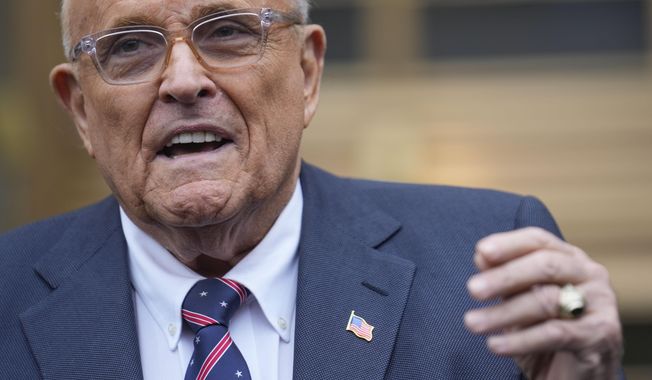
FILE - In this Jan. 16, 2014 file photo, an armed man belonging to the Self-Defense Council of Michoacan, (CAM), stands guard at a checkpoint set up by the self-defense group at the entrance to Antunez, Mexico. Mexico essentially legalized the country’s growing “self-defense” groups Monday, Jan. 27, 2014, while also announcing that security forces had captured one of the four top leaders of the Knights Templar drug cartel, which the vigilante groups have been fighting for the last year. The government said it had reached an agreement with vigilante leaders to incorporate the armed civilian groups into old and largely forgotten quasi-military units called the Rural Defense Corps. (AP Photo/Eduardo Verdugo, File)
Featured Photo Galleries




Trump Transition: Here are the people Trump has picked for key positions so far
President-elect Donald Trump has announced a flurry of picks for his incoming administration. Get full coverage of the Trump transition from The Washingon Times.

Trump dances onstage, takes post-election nation by storm
President-elect Trump dances onstage









